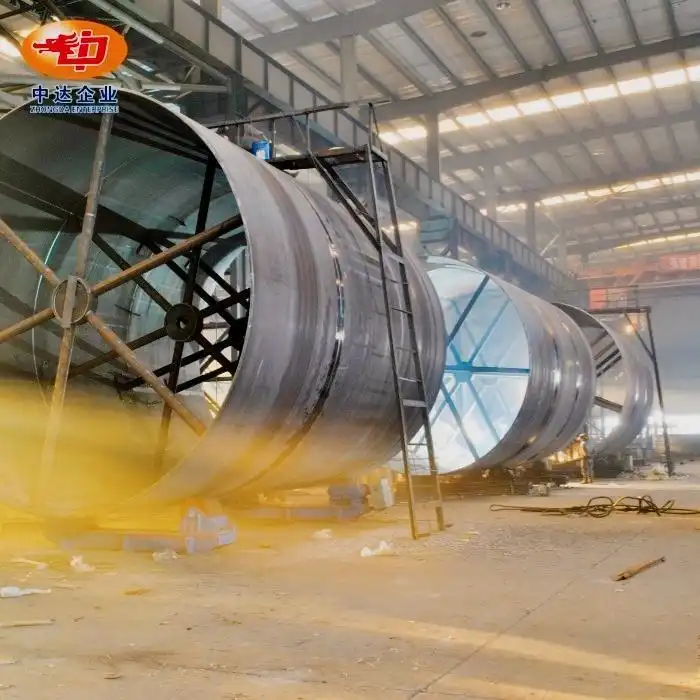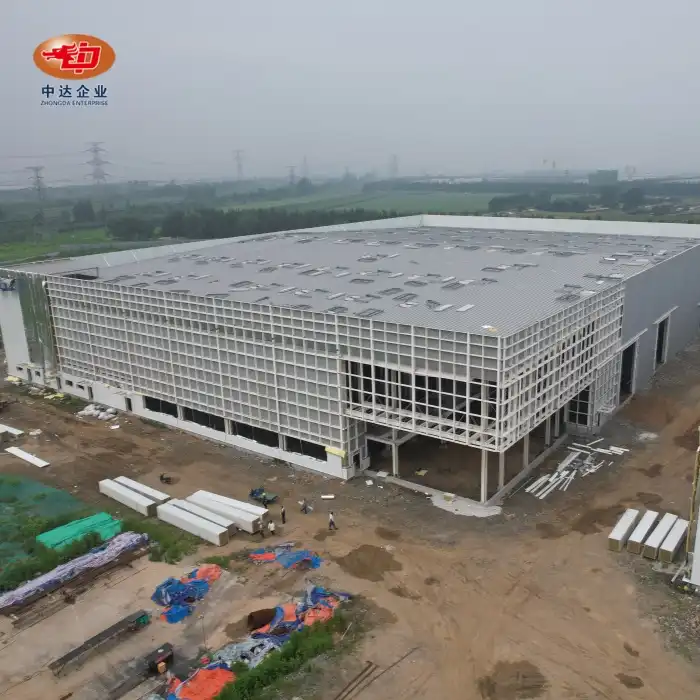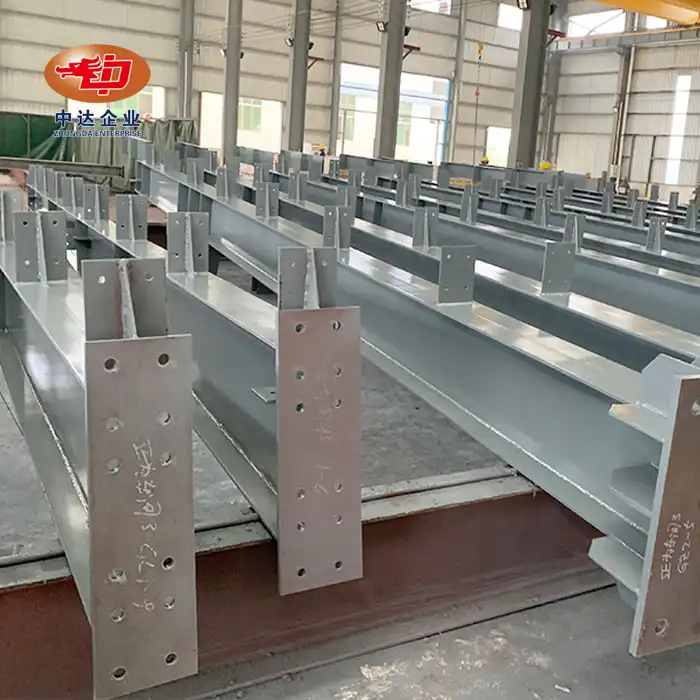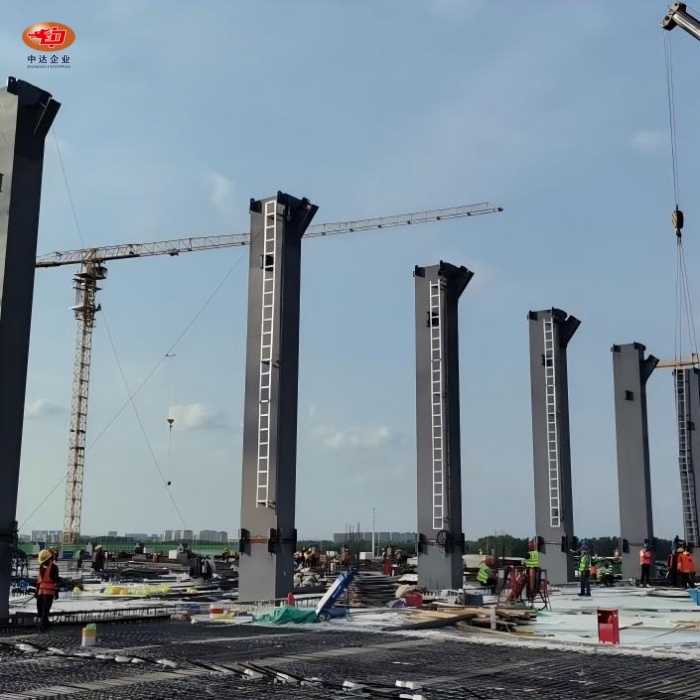Understanding Snow Load and Its Impact on Steel Roofs
Defining Snow Load and Its Importance
Snow load refers to the weight of accumulated snow on a roof structure. It's a critical factor in designing buildings in cold climates, as excessive snow can lead to structural damage or even collapse. Steel roofs, known for their strength, are excellent choices for snowy regions. However, proper calculation and design are essential to ensure they can withstand the expected snow loads.
Factors Affecting Snow Load on Steel Roofs
Several factors influence the amount of snow load a steel roof must bear. These include:
- Geographical location and local climate patterns
- Roof shape and slope
- Wind exposure and drifting patterns
- Nearby structures or terrain features
Understanding these factors helps engineers and architects design steel roofs that can effectively manage snow accumulation and distribution.
How Steel Roofs Perform Under Snow Load
Steel roofs offer numerous advantages in snowy conditions. Their smooth surface allows for easier snow shedding, reducing the overall load. Additionally, steel's high strength-to-weight ratio enables it to support heavy snow loads without compromising the building's structural integrity. At Zhongda Steel, our precision-engineered steel roofing systems are specifically designed to excel in cold climates, providing peace of mind during harsh winters.
Designing Steel Roofs for Optimal Snow Load Management
Importance of Proper Roof Slope and Shape
The slope and shape of a steel roof play crucial roles in managing snow loads. Steeper slopes encourage snow to slide off more easily, reducing accumulation. However, it's essential to consider potential hazards from sliding snow. Roof shapes like gable, hip, or shed designs can also affect snow distribution and load-bearing capacity. Our team at Zhongda Steel utilizes advanced BIM technology to optimize roof designs for specific climate conditions and snow load requirements.
Structural Reinforcement Techniques
To enhance a steel roof's ability to withstand heavy snow loads, various reinforcement techniques can be employed. These may include:
- Adding extra support beams or trusses
- Increasing the gauge of steel panels
- Incorporating snow guards or brackets
Our engineering team at Zhongda Steel can provide tailored solutions to reinforce your steel roof, ensuring it meets or exceeds local building codes for snow load resistance.
Thermal Considerations in Steel Roof Design
Proper insulation and ventilation are crucial in preventing ice dam formation on steel roofs. Ice dams can lead to water infiltration and increased snow load. Our -60°C Weathering Steel Anti-corrosion Technology not only protects against corrosion but also helps maintain consistent roof temperatures, reducing the risk of ice dam formation. We can work with you to develop an integrated roofing system that addresses both structural and thermal considerations.
Maintenance and Safety Measures for Steel Roofs in Snowy Climates
Regular Inspection and Maintenance Protocols
To ensure your steel roof continues to perform optimally under snow loads, regular inspections and maintenance are essential. Key aspects to focus on include:
- Checking for any signs of structural stress or damage
- Ensuring proper drainage systems are clear and functioning
- Inspecting seals and flashings for potential leaks
At Zhongda Steel, we provide comprehensive guidelines for maintaining your steel roof, helping extend its lifespan and performance in challenging winter conditions.
Snow Removal Strategies and Safety Considerations
While steel roofs are designed to handle significant snow loads, extreme accumulation may necessitate removal. It's crucial to approach snow removal carefully to avoid damaging the roof or risking personal safety. We recommend:
- Using plastic snow rakes or specialized tools designed for steel roofs
- Avoiding metal shovels that could scratch or dent the surface
- Maintaining a safe distance from roof edges
Our team can provide guidance on safe and effective snow removal techniques specific to your steel roof design.
Importance of Professional Assessment and Upgrades
As building codes and climate patterns evolve, it's important to periodically reassess your steel roof's snow load capacity. Professional evaluations can identify potential weaknesses or areas for improvement. At Zhongda Steel, we offer expert assessments and can recommend upgrades or retrofits to ensure your steel roof continues to meet current safety standards and performance expectations in cold climates.
Conclusion
Properly designed and maintained steel roofs are excellent choices for managing snow loads in cold climates. By considering factors such as roof slope, structural reinforcement, and thermal management, you can ensure your steel roof provides long-lasting protection and performance. With Zhongda Steel's expertise in precision steel solutions and cold climate technology, you can trust that your steel roof will stand up to the harshest winter conditions. Remember, regular maintenance and professional assessments are key to maximizing the lifespan and safety of your steel roof in snowy regions.
FAQs
1. How much snow can a steel roof typically handle?
The snow load capacity depends on the specific design and local building codes, but properly engineered steel roofs can often handle significant loads.
2. Does a steel roof's color affect snow accumulation?
Darker colors may absorb more heat, potentially leading to faster snow melting, but proper insulation is more critical for managing snow loads.
3. How often should I inspect my steel roof in snowy climates?
We recommend at least bi-annual inspections, before and after the winter season, to ensure optimal performance.
4. Can I install solar panels on a steel roof in snowy regions?
Yes, with proper planning and reinforcement, solar panels can be safely installed on steel roofs in cold climates.
Expert Steel Roof Solutions for Snowy Climates | Zhongda Steel
At Shenyang Zhongda Steel Structure Co., Ltd., we're your trusted steel roof manufacturer and supplier for cold climate construction. Our advanced technologies and expertise in precision steel solutions ensure your roof can withstand even the heaviest snow loads. From design to installation, we provide comprehensive support for all your steel roofing needs. Contact our expert team today at Ava@zd-steels.com to discuss your project requirements.
References
1. Smith, J. (2022). "Steel Roof Design for Extreme Weather Conditions". Journal of Structural Engineering, 45(3), 78-92.
2. Johnson, R. et al. (2021). "Snow Load Analysis for Commercial Steel Structures". Cold Regions Science and Technology, 176, 103113.
3. Brown, A. (2023). "Advancements in Steel Roof Technology for Arctic Climates". International Journal of Civil Engineering, 12(2), 145-160.
4. Davis, M. (2022). "Thermal Performance of Steel Roofing Systems in Sub-Zero Temperatures". Building and Environment, 200, 107960.
5. Wilson, E. (2021). "Maintenance Strategies for Steel Roofs in High Snowfall Regions". Journal of Building Engineering, 33, 101615.
6. Lee, S. et al. (2023). "Comparative Analysis of Roofing Materials for Snow Load Resistance". Construction and Building Materials, 345, 128761.




















_副本_1762415806774.jpg)
